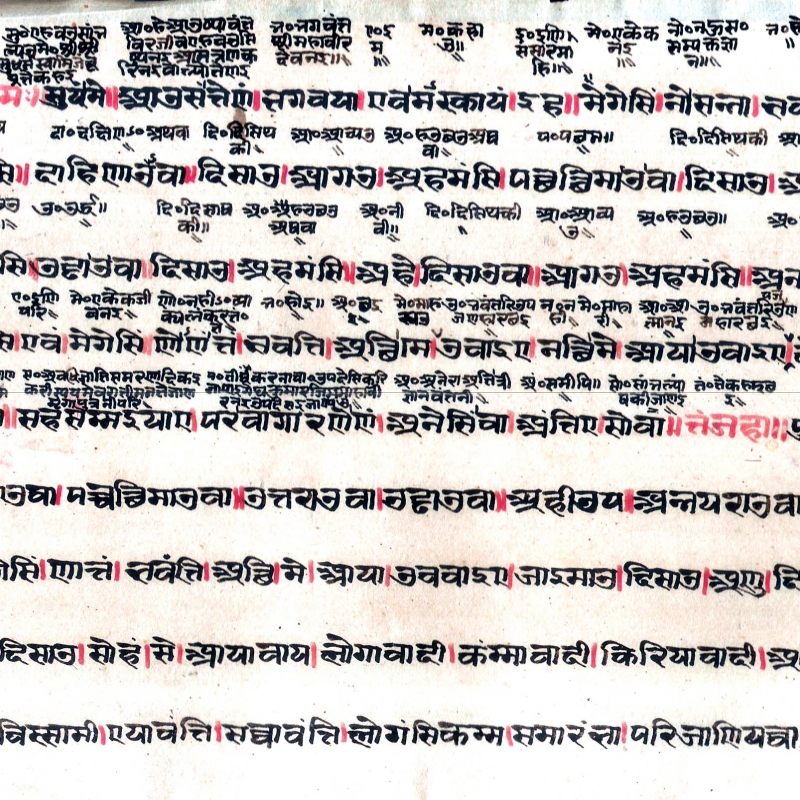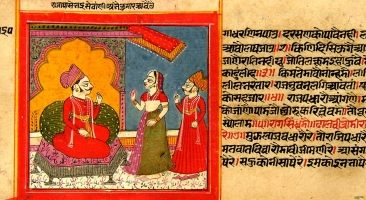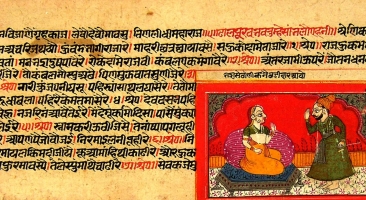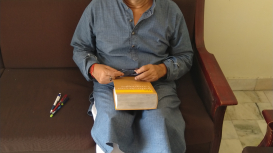Prakrit refers to a group of languages that were meant to be natural and unsophisticated as against Sanskrit, the ‘cultured’ language of the ‘learned’. It is characterised by the pronunciation of soft consonantal sounds that once formed a part of the vocabulary of the common masses of the Indian subcontinent.
Traces of Prakrit can still be found in modern Indian languages such as Bengali, Marathi, Gujarati, etc. Prakrit forms a link between the Vedic language and the modern languages of India besides cutting across the borders of Indo-Iranian, Dravidian, and Austro-Asiatic language groups. Unfortunately, Indological studies in India and abroad are limited to the study of Sanskrit language alone. As a result, Prakrit literature has been neglected by scholars, and its readership is dwindling with each passing day.
The scope of Prakrit literature is vast and covers diverse disciplines and genres such as the canonical texts of the Jains and the Buddhists, lyric and epic poetry, administrative accounts in the form of coins and inscriptions, treatises on grammar and linguistics, and plays and dialogues embedded in Sanskrit dramas that mimicked the speaking of womenfolk, ordinary men, Buddhist or Jain monks, and the outcaste. It is, thus, very crucial to look at the characteristics of Prakrit language and literature, and make authentic translations of literary works available for interdisciplinary research in order to provide better insights on life of a ‘commoner’ in ancient India.



